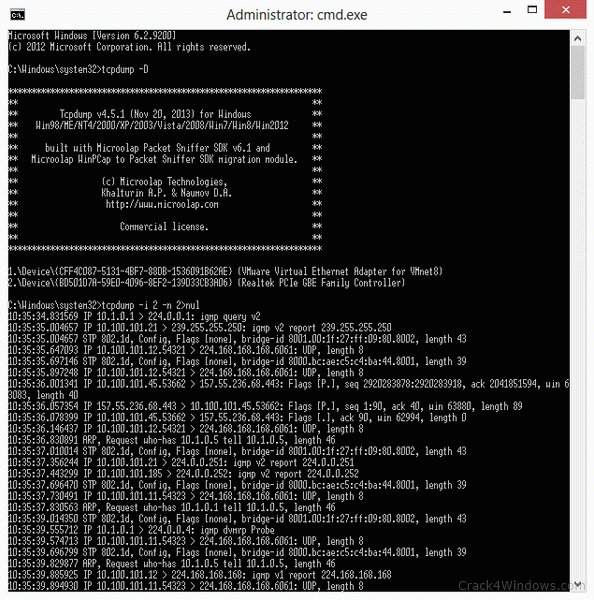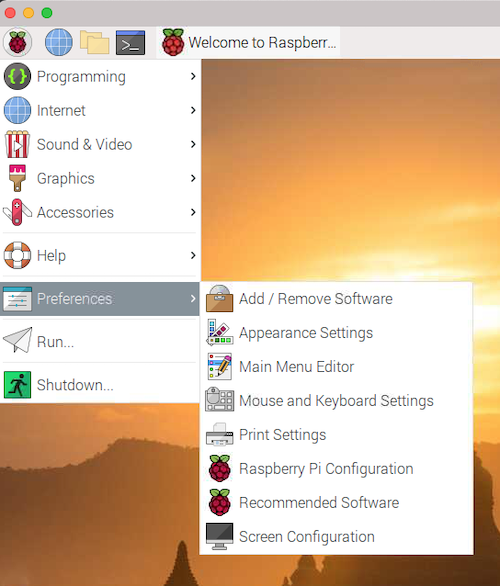

Could we use the built-in wifi for the secondary interface? This USB3-single gigabit Ethernet adaptor is also claimed to work well with the Pi. (it even comes with a USB3 passthrough, so you end up with the same number of USB3 ports available!) One listener said this USB3 dual gigabit ethernet nic works well with the Pi. No promises, but as a general rule Linux will work with almost all Ethernet adaptors. Can we use any USB-gigabit ethernet adaptor?
#Raspberry pi install tcpdump full#
In order to carry a full gigabit of traffic through a bridge firewall/IPS like this, you’ll need to find a USB-Ethernet adaptor that works in a USB3 port – see below. One thing to note is that the USB Ethernet adaptor I recommended does not appear to work correctly when plugged into a USB3 port, which is why I use it in a USB2 port. Try a Google search for “Linux bridge firewalling” for details about the network-level setup.
#Raspberry pi install tcpdump software#
I’ve not researched specific software packages that provide the IPS portion of the project, but I’m not aware of any reason why you couldn’t use Linux and the Raspberry Pi hardware to do this. Could this act as an in-line IPS using the built-in wired Ethernet and a USB Ethernet adaptor? One listener said they’d had good luck with:įor powering the Pi 3B+ (NOT the Pi4). If you go with another POE splitter make sure it provides 5.1V, 3A if you’re using the Raspberry Pi4. The Pis do not include the circuitry to run from POE, but there are multiple $20 add-on HATs (board that goes on top of the Pi) that let a Pi3B+ or Pi4 run from POE: 🙂 Can I run the Pi4 off POE (Power Over Ethernet)? If you know it will be used in below-freezing conditions, you might be able to use a case to keep more of the heat in and keep the Pi above freezing. The Pi Foundation lists the minimum operating temperature as 0 degrees Celsius (32 degrees Fahrenheit). The commands I provided in the setup scripts install the new firmware when the Pi is rebooted. In fall 2019 the Pi foundation put out new firmware to address this.



 0 kommentar(er)
0 kommentar(er)
